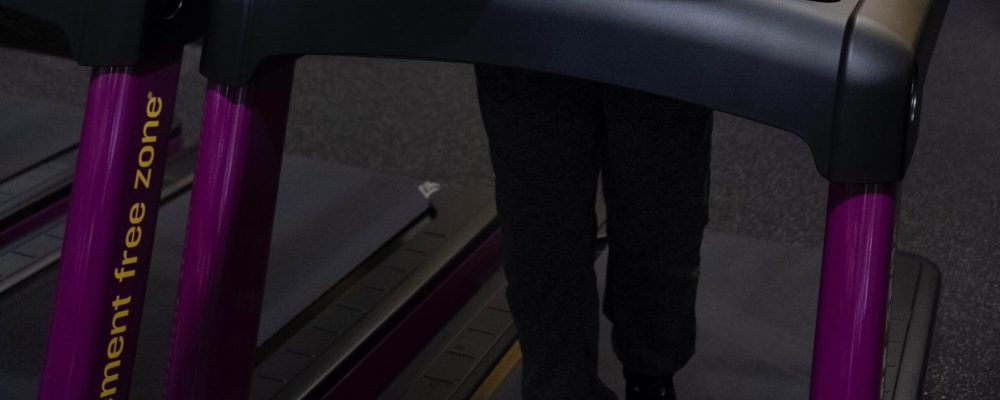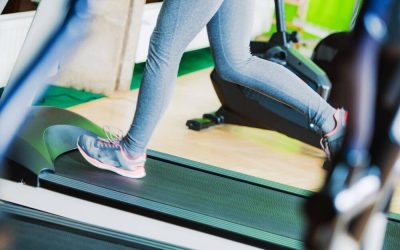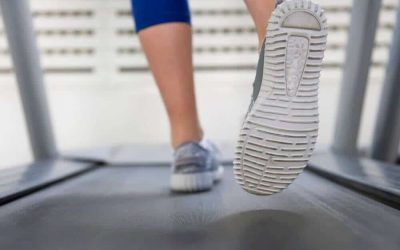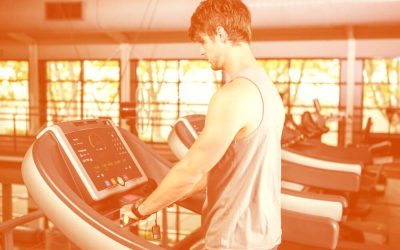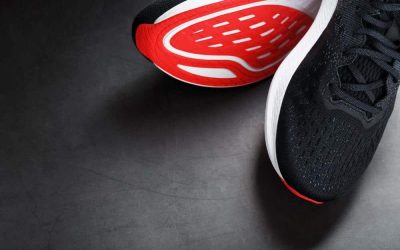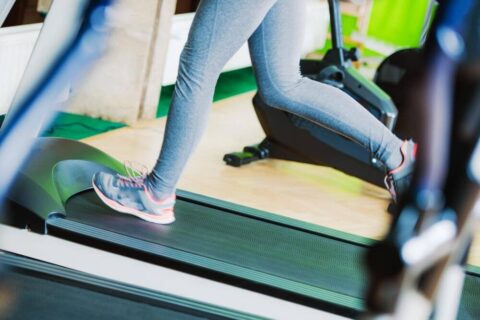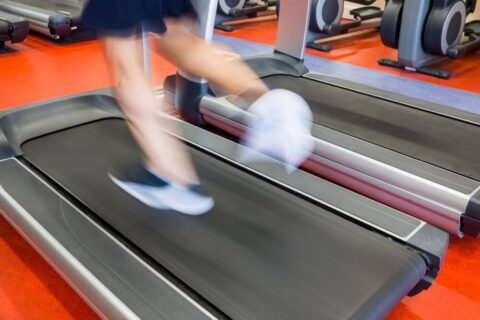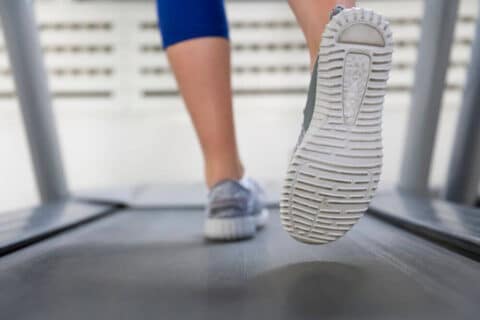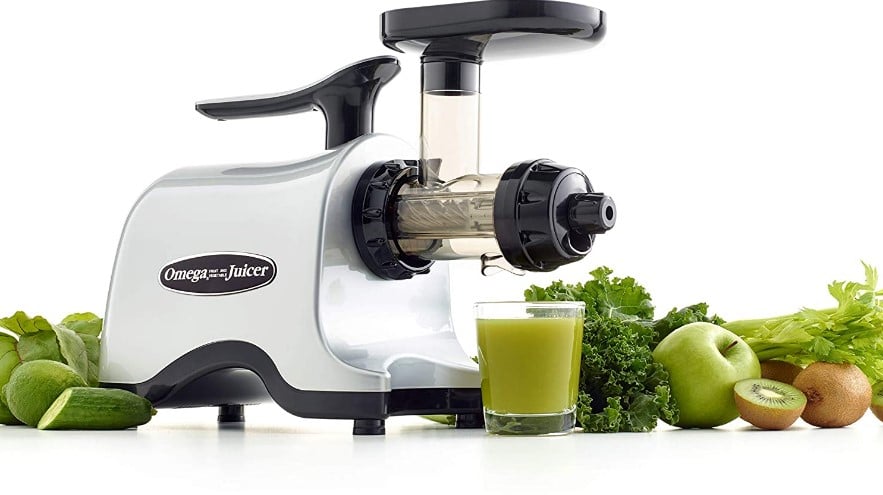Cushioned or Not?
Everyone knows that runners should take it easy on their joints, but even the gentlest treadmill can impart some shock loading to a runner’s body. Thus new equipment designs are always in search of better shock absorption and damping qualities. In addition, cushioned treadmills have been around for quite some time.
Read More: 10 Best Cushioned Treadmills for Your Desk – Buyer’s Guide and FAQs
It is believed that these cushion machines provide more comfort than other machines with harder surfaces, but does this translate into better training benefits? If you’re trying to create the most realistic run-training conditions possible — such as leaning forward while running up a hill — then you may want to avoid cushioned treadmills all together. In fact, research has shown that runners perform better when running on non-cushioned treadmills.
In one study, runners covered more distance with the same energy when running on a harder surface than a cushioned one. However, in another study, researchers found that fatigued participants ran faster on a non-cushioned treadmill than on a cushioned one. The reason? Likely because these machines accurately mimic the surface properties of outdoor surfaces, which require greater work from your muscles to run and maintain form during sprints or bouts of increased speed as compared to slower running speeds. In other words, cushioning makes it easier to run at faster speeds and easier to lower your form on the treadmill.
Contents
Sub-Optimal Workout?
Cushioned treadmills are definitely more comfortable than non-cushioned surfaces. They usually feel springy underfoot and do a better job isolating you from the pounding absorbed by the springs in these machines. While this increased comfort may seem like an advantage, previous studies have shown that running on a cushioned surface can cause runners to contract their muscles less forcefully than when running on a harder surface — essentially reducing your ability to really push yourself. In addition, if you’re training for long-distance events, then it would be wise to use different types of surfaces in your training regimen because these are the exact types of surfaces that you will encounter in competition.

To train at a high level requires a certain amount of discomfort and challenge. Running on a surface that doesn’t demand the same effort as an outdoor running path will likely harm your performance.
For optimal results, experiment with different machines to determine which one offers a more realistic surface load for you to run on or choose outdoor training routes that offer varying levels of shock absorption based upon environmental factors such as the nature of nearby road surfaces and other terrain features. This way, you can perform optimally under all running conditions without sacrificing safety or performance benefits due to cushioned treadmill surfaces.
Impact on Bad Knees or Joints
Another issue to consider is that you can’t assume all cushioned treadmills are created equal. Some machines provide more cushioning than others, and they may not help those with joint problems or high-risk injuries. However, if you have arthritis in your knees, for example, choosing a treadmill that does an excellent job of absorbing shock forces will benefit your overall training routine because it reduces the amount of force transmitted through knee joints during each step.
Read More: 10 Best Treadmills For Bad Knees in 2021 – Reviews & Buying Guide
In contrast, if you’re trying to recover from a recent ligament injury in your ankle or just run without pain in existing conditions, using a long-cushioned treadmill may be detrimental as increased impact due to less effective cushioning on these machines could aggravate existing arthritic joints. This is because the degree of impact protection afforded by cushioned surfaces isn’t uniform across all runners. Some studies have shown that highly trained runners prefer a softer running surface, but it may be too soft for new runners or those prone to injuries and joint issues.
Therefore, if you suffer from chronic knee pain or other types of joint degeneration, then choose a treadmill that does an excellent job of cushioning shock forces at your body weight plus 30 percent. If possible, get one with variable cushioning settings so you can select the level that best suits your needs as your training program progresses or if you become injured in the future.
Running on Cushiony Treadmills is Injurious
The last reason to choose a hard surface is the research showing that cushioned treadmills may be worse for your joints in the long run. One study has shown that adding cushioning to your running shoes can increase impact forces generated at foot strike by an average of 16 percent — substantially increasing your risk of injury over time.
In the case of treadmill running, this increased force was likely magnified since you could not absorb as much shock with each stride. This means that by using cushioned surfaces regularly, you are increasing your susceptibility to injury and making it harder to recover from past injuries and joint problems in the future.
With all this said, too much grinding hard surfaces can also be detrimental depending on how worn out they get overtime. Thus, finding the optimal balance between running on softer and harder surfaces will ensure that you can safely run in various conditions without being forced to change up your routine too often.
Cushioning Benefits the Running Body
While it’s true that running on too much cushion can be injurious, many runners find limited benefits from running at lower levels of an impact than barefoot or minimalist runners. These individuals will benefit from feeling more comfortable for extended periods of time while lowering their risk of injury by alleviating stress on sensitive tissues like plantar fascia since these structures have been traumatized during previous training sessions.

Experienced athletes interested in improving performance will likely seek out harder surfaces that challenge the body to adapt and develop increased force production capabilities over time. In contrast, new runners or athletes who have been sidelined by injury may prefer a softer surface to help them avoid aggravating problems in the future.
How to Get the Right Cushioning Level for You
When selecting a cushioned treadmill, make sure that you get one with multiple cushioning settings so you can adjust it for your comfort needs as your training routine progresses. If possible, choose a machine that allows you to control both the shock absorption level and surface hardness independently rather than just picking one that offers “soft” or “hard” options. This will give you more flexibility during your workout until eventually, you can work up to running on harder surfaces regularly without any additional cushioning assistance.
Read More: 7 Best Shock Absorbing Treadmill Reviews – Buyer’s Guide & FAQs
When testing for cushioning, put your hand down on the belt before each use to ensure it doesn’t start too hard. You should be able to feel some firmness or a slight amount of giving when you push down and then push back up after feeling the surface, abrading your skin slightly. If possible, have someone else check out the belt for you, as feet tend to toughen up over time with regular training sessions and can mask potential problems with the surface being too soft.
Having said this, no matter how comfortable a treadmill may seem at first, everyone’s foot strike style is unique, which means other factors will come into play, such as stride frequency and length in addition to forefoot versus rear-foot strike throughout your running cycle.
As such, the comfort level that is optimal for one runner may not be perfect for anyone else, making it important to keep an open mind when testing out a new machine — especially if you’re used to using another type of surface regularly. However, if you are injured or just getting started, make sure that you choose a treadmill with a firmness setting low enough to add unnecessary stress onto a sensitive joint or muscle group. Try out different shock absorption levels and surface hardness and select the ideal balance which will help reduce injuries without feeling like too much of a compromise in terms of discomfort.
If none of these options sound right for me, what should I do?
In this day and age, you really can’t go wrong investing in a treadmill. They are ubiquitous and are becoming more affordable as years go by. However, if your pocketbook doesn’t allow for the purchase of a commercial machine or the interest isn’t there to buy one just yet, don’t despair: many runners will use walking hills on a regular street to simulate jogging at inclines between 5-15 degrees depending on their goals.

